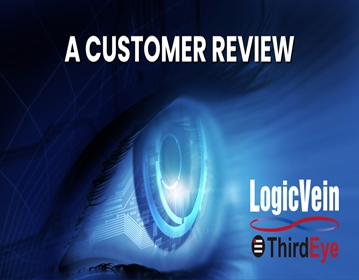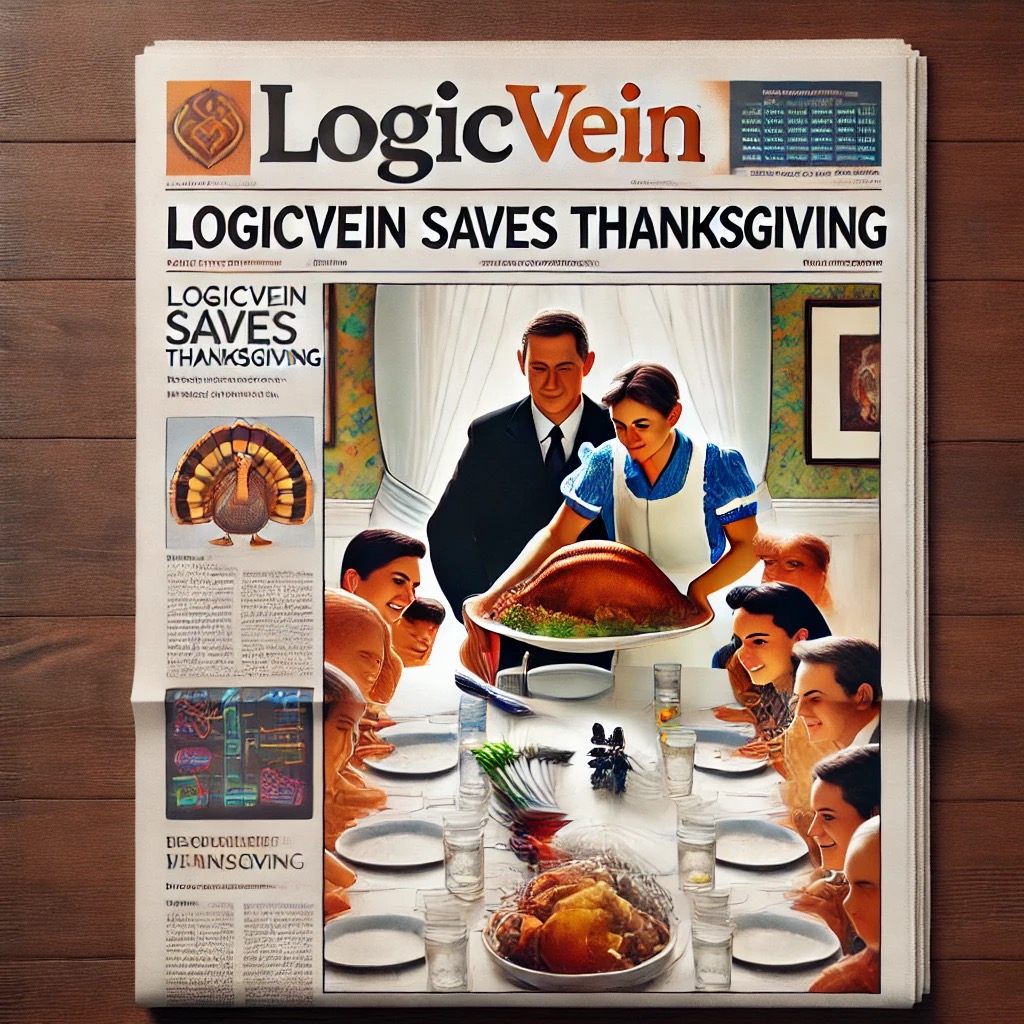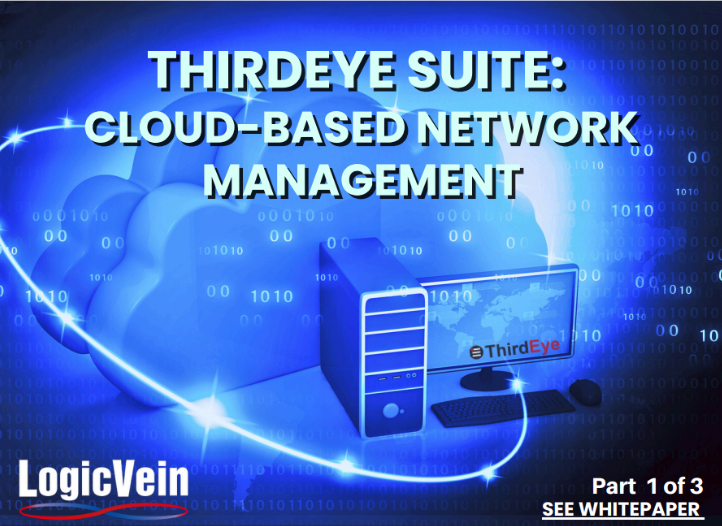Navigating the Risks of Using End-of-Life (EOL) Tools and Systems
In the fast-paced world of technology, tools and systems inevitably reach the end of their lifecycle. Recently, Cisco Prime officially entered EOL, and Infoblox’s NetMRI followed with its announcement on October 10th, 2024. When a solution reaches EOL, organizations relying on it face heightened risks, especially in the areas of security, compliance, and operational continuity. This article explores the specific challenges of continuing to use EOL tools and the importance of adopting a proactive approach when these announcements arise.
Understanding the Meaning and Risks of End-of-Life (EOL)
When a vendor declares a tool or system as EOL, it signifies that the product will no longer receive updates, support, or maintenance. While it may be tempting to continue using the tool if it’s functioning well, doing so comes with considerable risks. Let’s look at some of the primary reasons why relying on EOL technology can compromise your organization.
1. Increased Security Vulnerabilities
Cyber threats evolve rapidly, and vendors regularly release security patches to protect their products from newly discovered vulnerabilities. With EOL products, these updates cease, leaving the tool more susceptible to cyberattacks. Hackers often target EOL systems, as they’re aware of the lack of ongoing protection, which can expose organizations to data breaches, ransomware, and other security threats.
Real-World Impact: An EOL tool with unpatched vulnerabilities could act as a gateway for cybercriminals to access critical business information, customer data, and other sensitive assets. Organizations must weigh the risk of potential security breaches against the costs of transitioning to a supported solution.
2. Compliance Risks and Regulatory Challenges
Many industries, such as healthcare, finance, and government, have strict regulatory standards requiring up-to-date technology to maintain compliance. Without regular updates, an EOL tool may not meet current compliance requirements. Failing to comply can lead to costly fines, legal consequences, and damage to a company’s reputation.
Risk of Regulatory Non-Compliance: For organizations that must adhere to regulations such as GDPR, HIPAA, or PCI DSS, using an unsupported tool could quickly lead to non-compliance. In regulated industries, relying on EOL technology without a risk mitigation plan can result in severe penalties.
3. Operational Downtime and Lack of Vendor Support
When an EOL tool encounters technical issues, support from the vendor is no longer available. This lack of support can result in increased downtime, productivity loss, and potential damage to customer relationships if services are interrupted. The absence of reliable technical support also places more pressure on internal teams to manage any issues that arise, which can be both time-consuming and costly.
Service Continuity Concerns: In the event of an outage or system failure, the absence of vendor support can lead to longer recovery times, impacting daily operations and customer satisfaction. For mission-critical systems, such delays may result in reputational damage or loss of business opportunities.
4. Escalating Maintenance and Resource Costs
Keeping an EOL system operational often leads to increasing maintenance costs. While it may initially seem cost-effective to maintain an existing solution, the lack of vendor support often forces organizations to invest in third-party support or additional internal resources. Over time, these mounting expenses can outweigh the costs of adopting a modern, supported solution.
Financial Strain of Maintenance: Sourcing compatible hardware, hiring specialized staff, or contracting third-party services to keep an EOL tool running can be costly. In some cases, older tools require more frequent repairs, further increasing the financial burden on IT budgets.
5. Limited Functionality and Scalability
Technology is constantly evolving, and tools that don’t receive updates become outdated over time. EOL tools are unable to keep up with new standards, resulting in limited functionality. They may also lack compatibility with newer systems or technologies, hindering an organization’s ability to innovate and scale effectively.
Business Impact of Obsolete Technology: As organizations grow, EOL tools may become a bottleneck, unable to integrate with other systems or support new features that are critical to operations. This lack of flexibility and adaptability can affect competitiveness, preventing businesses from maximizing their technology’s potential.
How to Manage EOL Transitions Proactively
Organizations don’t have to wait for EOL announcements to plan for the inevitable. Here are some best practices to reduce risks and ensure a seamless transition when EOL events arise:
- Inventory and Evaluate
Conduct a technology inventory and assess each tool's role in your business processes. Prioritize evaluating tools nearing EOL status, as these should be high on the list for transition planning. - Explore and Vet Alternatives
Look for supported, modern alternatives that align with your needs. Carefully vet vendors, assess compatibility with existing systems, and weigh factors like scalability, ease of use, and security features to make a sound decision. - Develop a Phased Transition Plan
Switching from an EOL system requires thoughtful planning to minimize disruption. Establish a phased approach for migrating data and training users on the new platform, ensuring your team is equipped to handle the change. - Focus on Compliance and Security
As you transition to new tools, prioritize those that enhance your organization’s compliance posture and address any security gaps left by the EOL system. Up-to-date technology is a vital aspect of staying compliant and maintaining strong cybersecurity. - Keep Stakeholders Informed
Ensure that all stakeholders understand the risks associated with EOL systems and the organization’s plan to address them. Clear communication and training help facilitate a smoother transition and prevent misunderstandings during the shift.
Final Thoughts
End-of-life announcements, like those for Cisco Prime and Infoblox’s NetMRI, are a reminder that every tool has a lifecycle. Proactively preparing for EOL transitions minimizes the risk of operational disruption, security vulnerabilities, and compliance issues. While maintaining EOL systems may feel convenient in the short term, embracing updated, supported solutions is a smart investment in security, performance, and business resilience.




